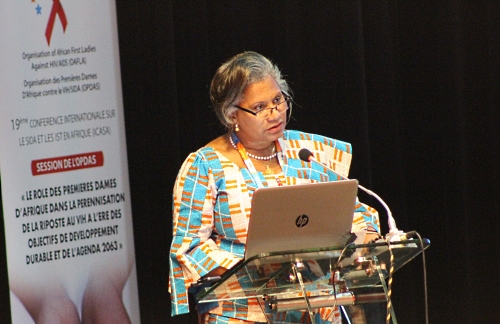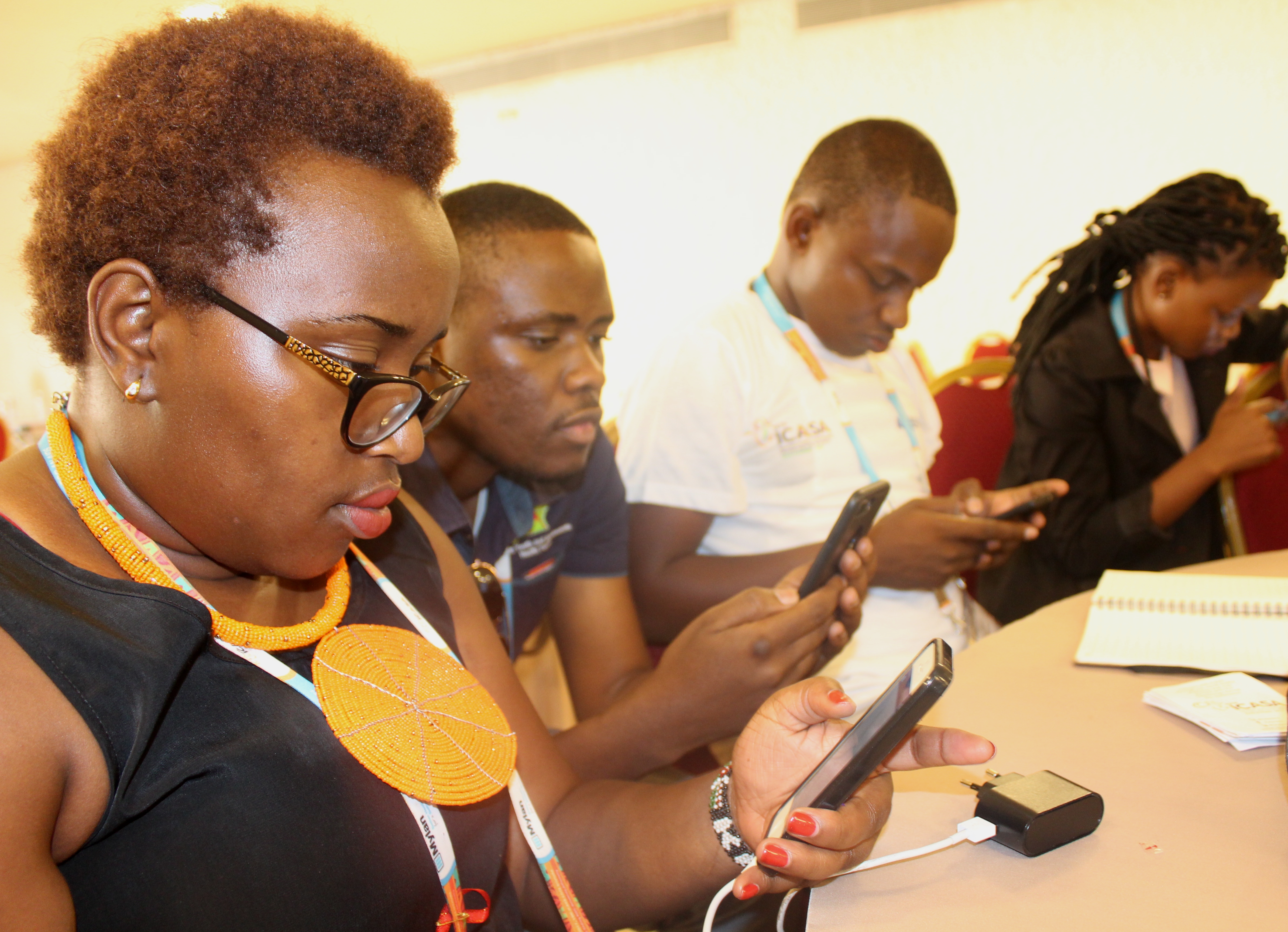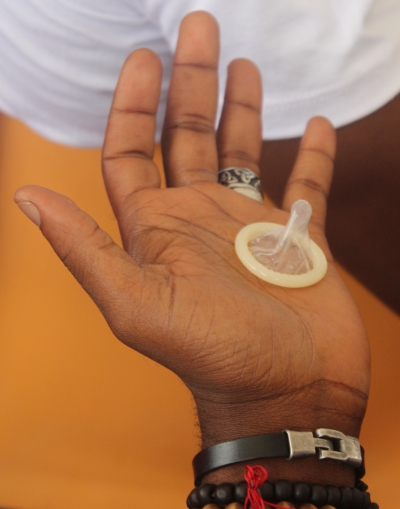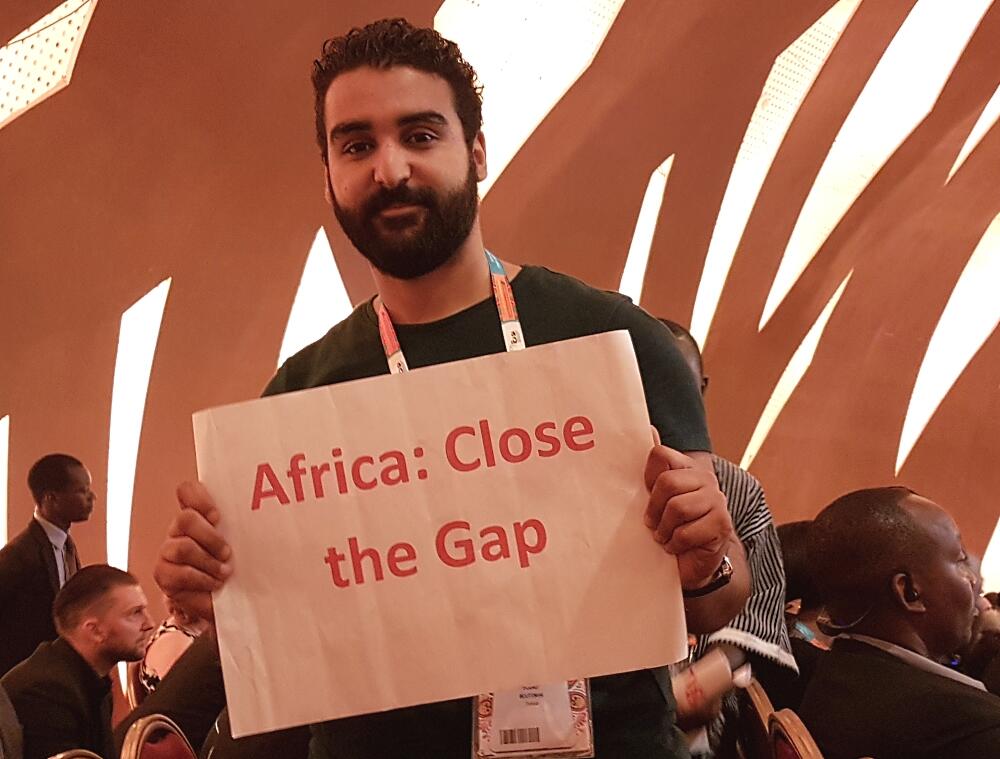ABIDJAN, Côte d’Ivoire, 4–9 December—Ending AIDS in Africa may not be a reality if we don’t urgently scale up HIV prevention to reach the target of reducing new HIV infections by 75 per cent by 2030, while at the same time striving to attain the 90-90-90 targets. This is the key message that UNFPA took away from the International Conference on AIDS and STIs in Africa (ICASA), which concluded here on Saturday.
At the conference, researchers, practitioners and activists shared a wide range of research findings that strengthens the evidence base for effective responses to HIV, identified gaps and opportunities. What emerged is the need for targeted but differentiated responses that address the needs of those most risk.

Key messages to emerge from ICASA 2017
Meaningfully engage young people and ensure that HIV and SRHR services are youth-friendly
A significant proportion of the participants at ICASA were young people, who shared their knowledge and experiences, and advocated for young people to play a meaningful leadership role in the AIDS response.
They called for integrated HIV and sexual and reproductive health (SRH) services that are youth friendly, as a means to encourage young people to access these services.
Ensure that service delivery targets needs of different groups
More efforts are needed to target men and boys in the response to HIV. These interventions should aim to eliminate the toxic masculinity that affects both women’s and men’s health. This is most clearly demonstrated by men not testing for HIV and not seeking treatment, resulting in most AIDS-related deaths being among men and boys.

Instead of lumping all key populations together – including men who have sex with men, the transgender community and sex workers – programmes need to be tailored to address the specific vulnerabilities and needs of each. Similarly, programmes targeting people living with disabilities needed to be tailored to address their needs and vulnerabilities, depending on the nature and degree of their disabilities.
What is required to ensure a more targeted and differentiated response to HIV is improved data collection and analysis that enables programmers to better understand who is most at risk and where they are located, as well as evidence of innovative interventions that remove the barriers to prevention and treatment.
Focus on scale and not on ‘silver bullets’

There are no silver bullets in the HIV response. Combination HIV prevention taken to scale, where people exercise their right to make an informed choice about the method that works best for them, is required. Evidence presented at the conference shows that, even among people at high risk of HIV infection, condoms remain the preferred method for preventing HIV, sexually transmitted infections (STIs) and pregnancy – yet investment in condoms has stagnated.
While new biomedical interventions such as Pre-Exposure Prophylaxis (PrEP) and medical male circumcision provide an added means of prevention, they need to be promoted within an overall package of sexual and reproductive health. The promotion of PrEP should include condoms, contraceptives and regular screening for STIs. Male circumcision should incorporate aspects relating to gender inequality, gender norms, patriarchy, child marriage, gender-based violence including sexual violence against women and girls, and age disparate sex.
A shift needed in financing the response
Leadership has a key role to play in ensuring that the response to HIV is sustained and remains adequate. Calls were made to reduce dependency on donor funding and instead, increase national funding for HIV programmes so that the fight against HIV is sustainable in the future.



